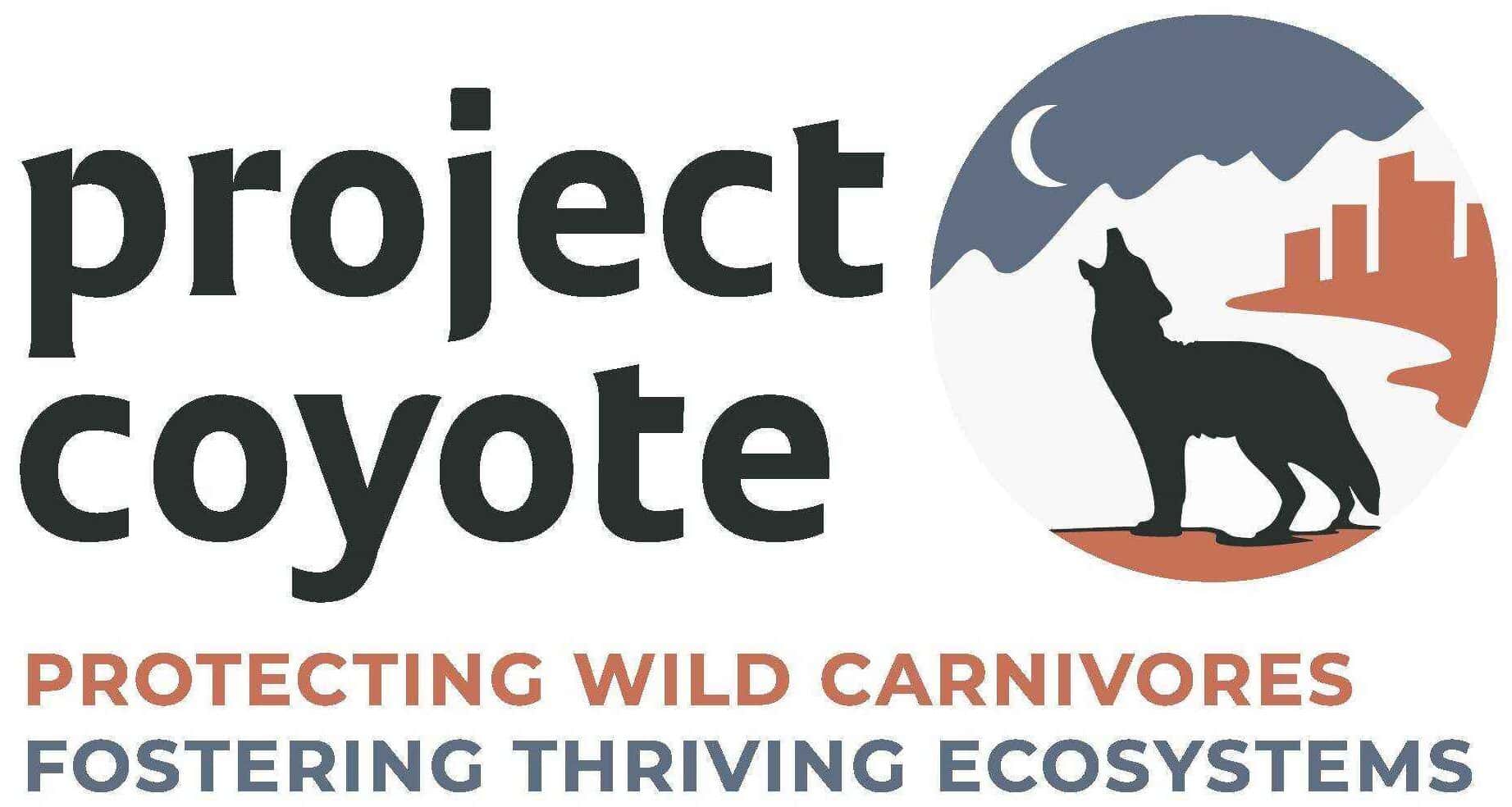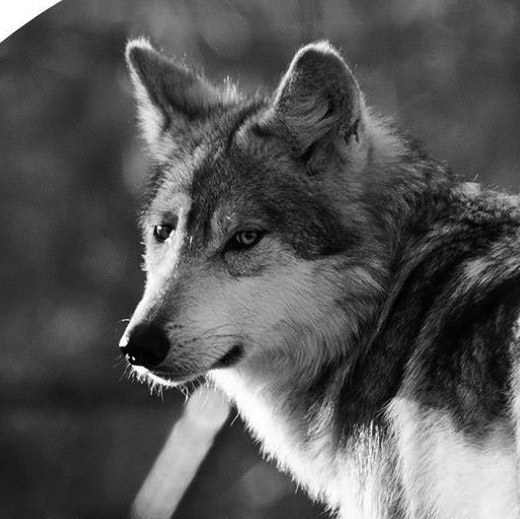PROMOTE COEXISTENCE
COEXISTENCE IS A COMMUNITY EFFORT
There are many ways to promote coexistence with our wild neighbors.
Quick Tips for Promoting Coexistence:
- Write a letter to the editor in your local newspaper to urge your community to coexist with their wild neighbors.
- Post (or respond to a wild carnivore-related post) on your local Nextdoor or other neighborhood forum.
- Print our signs/flyers and post them at trailheads or other public areas in your community.
- Download a free copy of Camilla Fox’s co-authored book, Coyotes In Our Midst, and post the link to Nextdoor or share it wherever you can to help educate your community about coyote ecology, behavior, and coexistence strategies.
PROMOTE
Coyote Friendly Communities
Our Coyote Friendly Communities program partners with municipalities to replace lethal “management” with coexistence education, proactive public outreach, agency collaboration, and community empowerment. Want your community to become a Coyote Friendly Community? Download our Coyote Coexistence Plan to share with your local community leaders and watch our coyote coexistence videos.
Coexistence Among Youth
Our Keeping it Wild: Youth Education program educates the next generation of wildlife advocates about wild carnivores and coexistence, fosters respect and compassion for wildlife, and contributes to students’ environmental and scientific literacy. Download and share our new K-8 Curriculum with your local educators.
Coexistence Through Art
Artists of any medium can promote coexistence through our Artists for Wild Nature program, and wildlife photographers and videographers can promote coexistence through our #CaptureCoexistence campaign.
Follow us on
LEARN ABOUT WILD CARNIVORES
Promoting coexistence requires knowing the behavior, ecology, and coexistence strategies for your local wild carnivores. Equip yourself with knowledge about North America’s wild carnivores.
It’s essential that we coexist with our wild carnivore neighbors—they play essential roles in our multi-species communities. Learn more about the ecological benefits of wild carnivores by reading our species profiles or watching our film Ecosystem Allies.
SHARE
COEXISTENCE RESOURCES
Flyers, brochures, toolkits, and more!
We got you covered! Download our coexistence resources (including Spanish versions!) to share on NextDoor or social media, advocacy toolkits to learn how to advocate for wild carnivores, and flyers and posters to post in your community.
JOIN
THE COYOTE COLLECTIVE
We need your help!
Explore other ways to give
Invest in the compassionate conservation movement by giving stock, fundraising for our mission, or even sending eCards.










